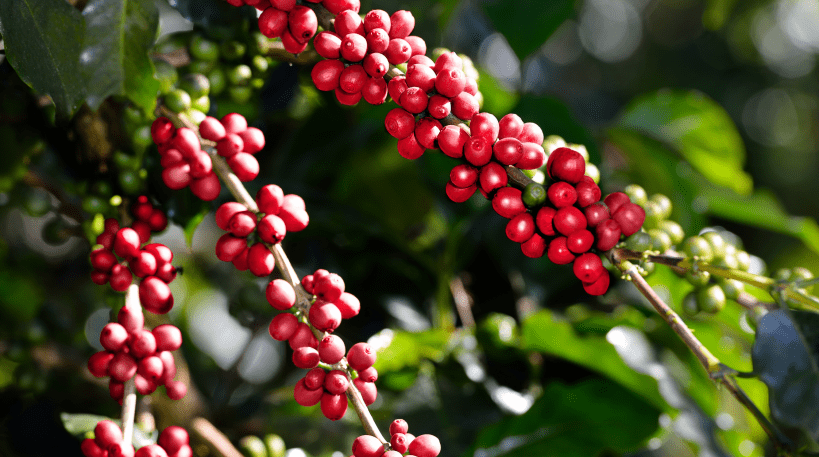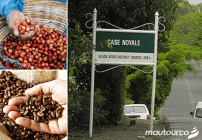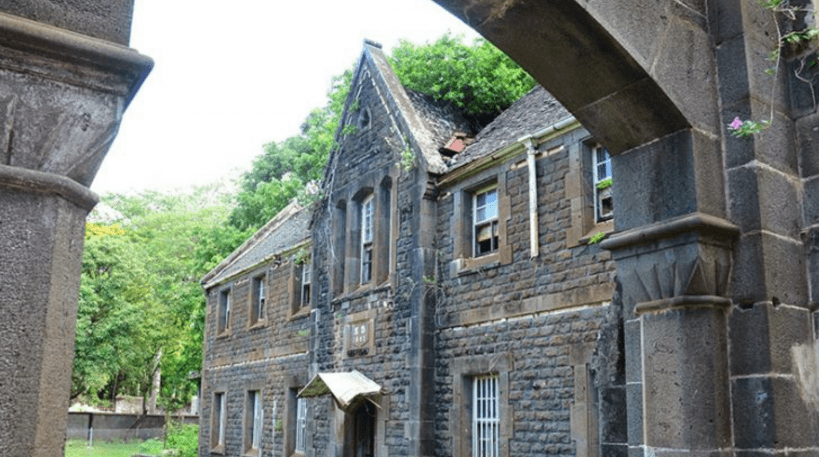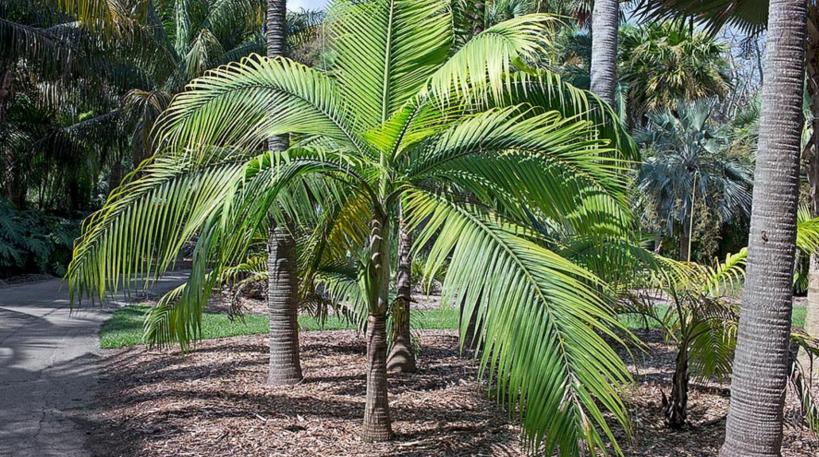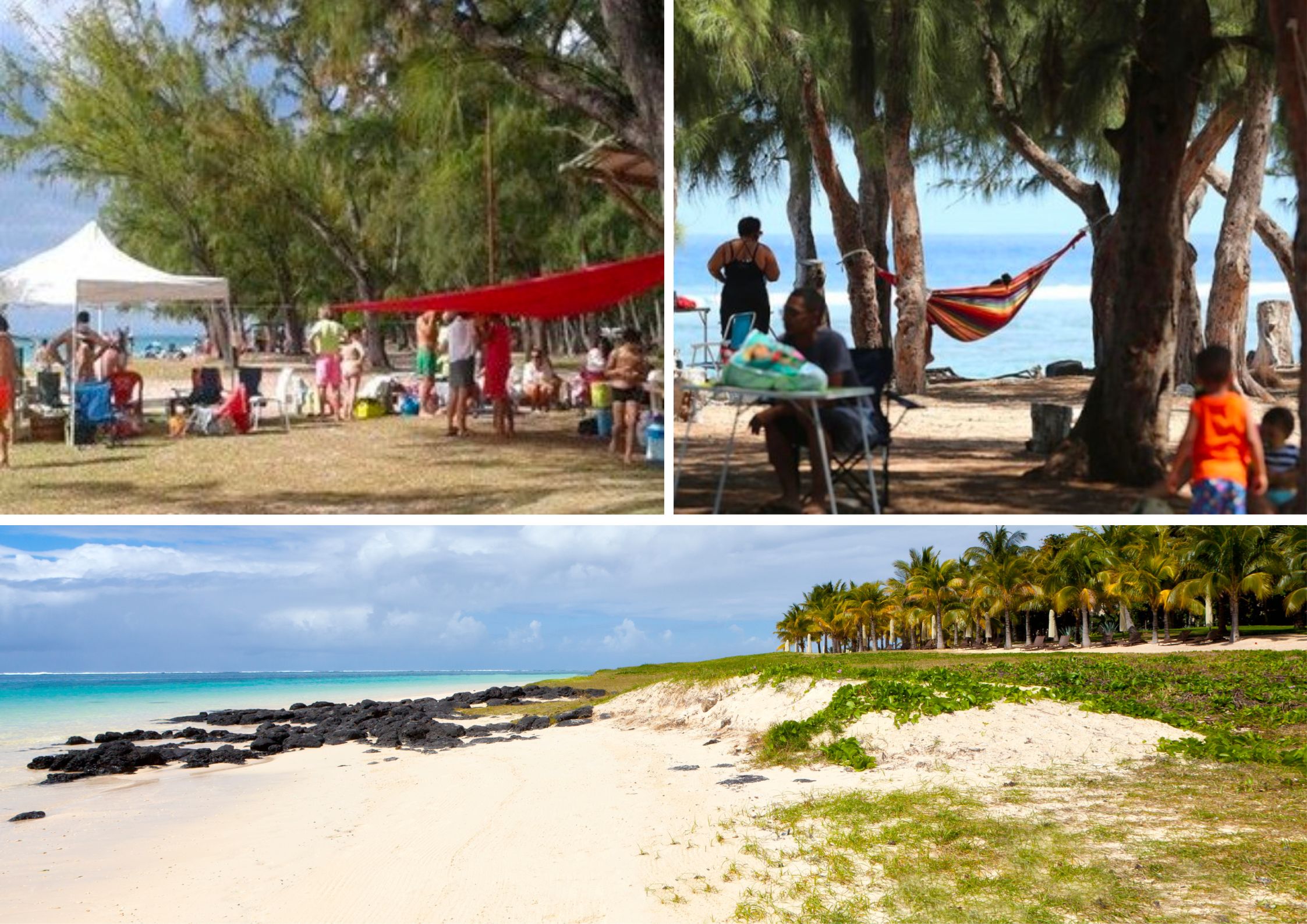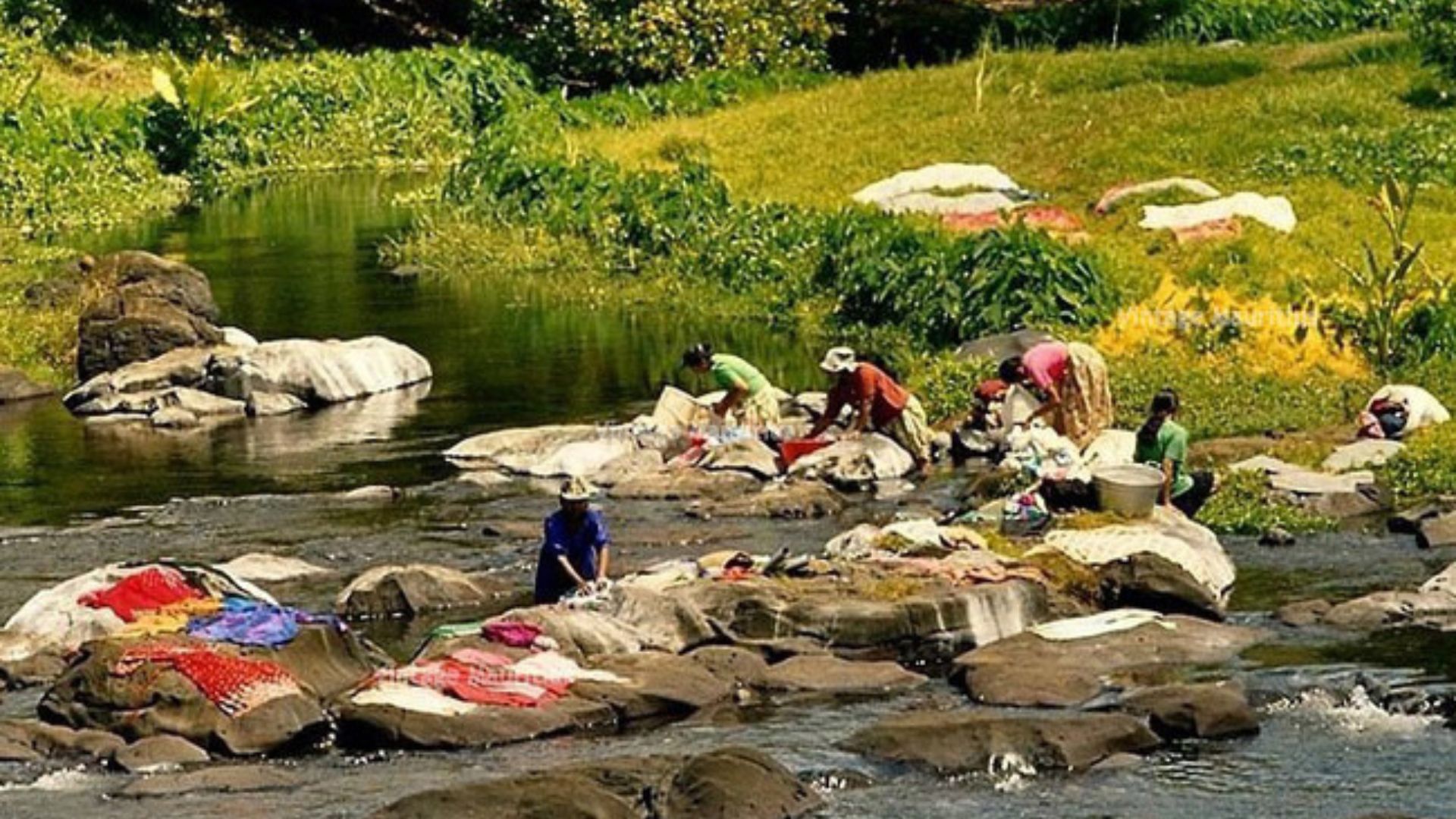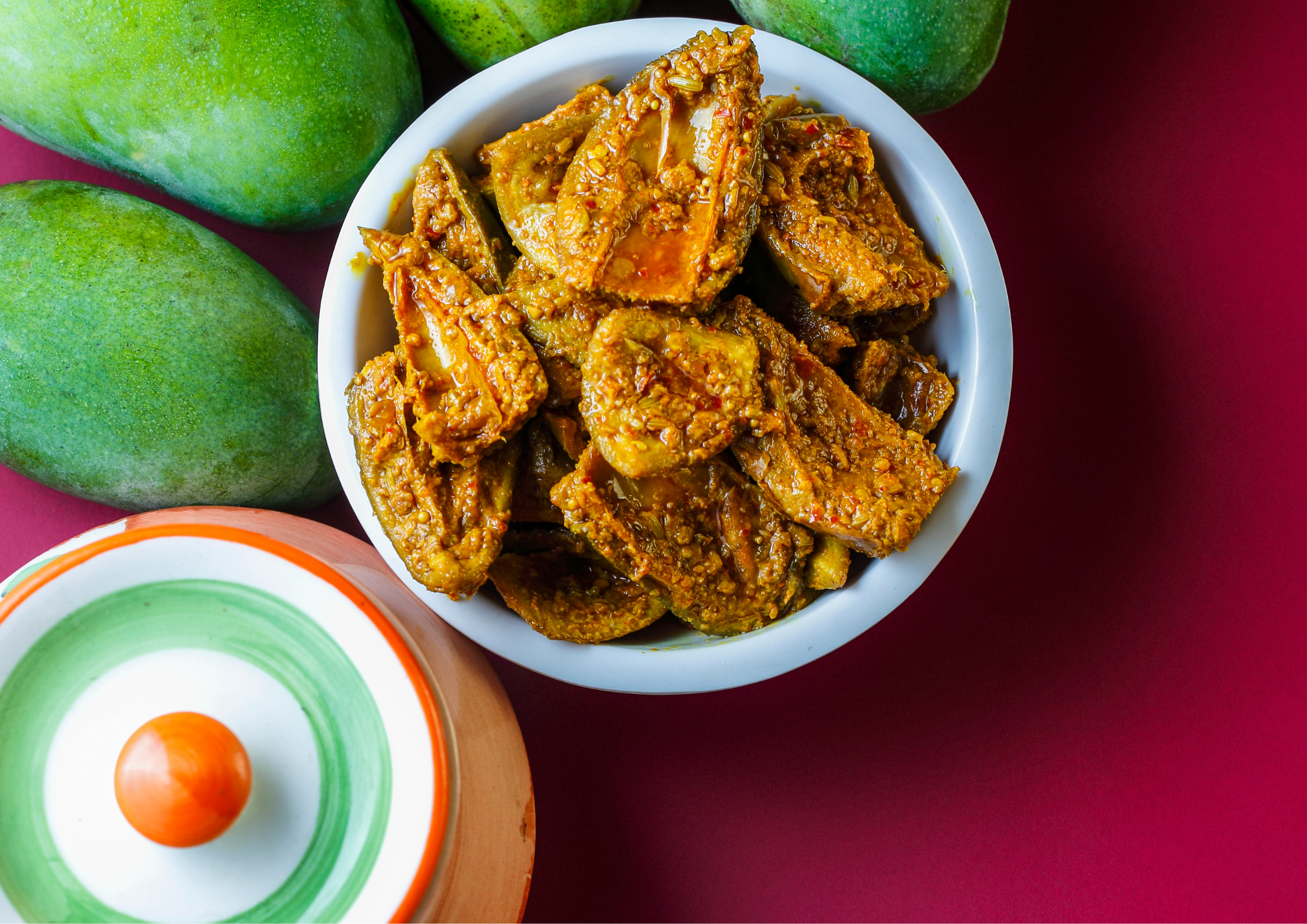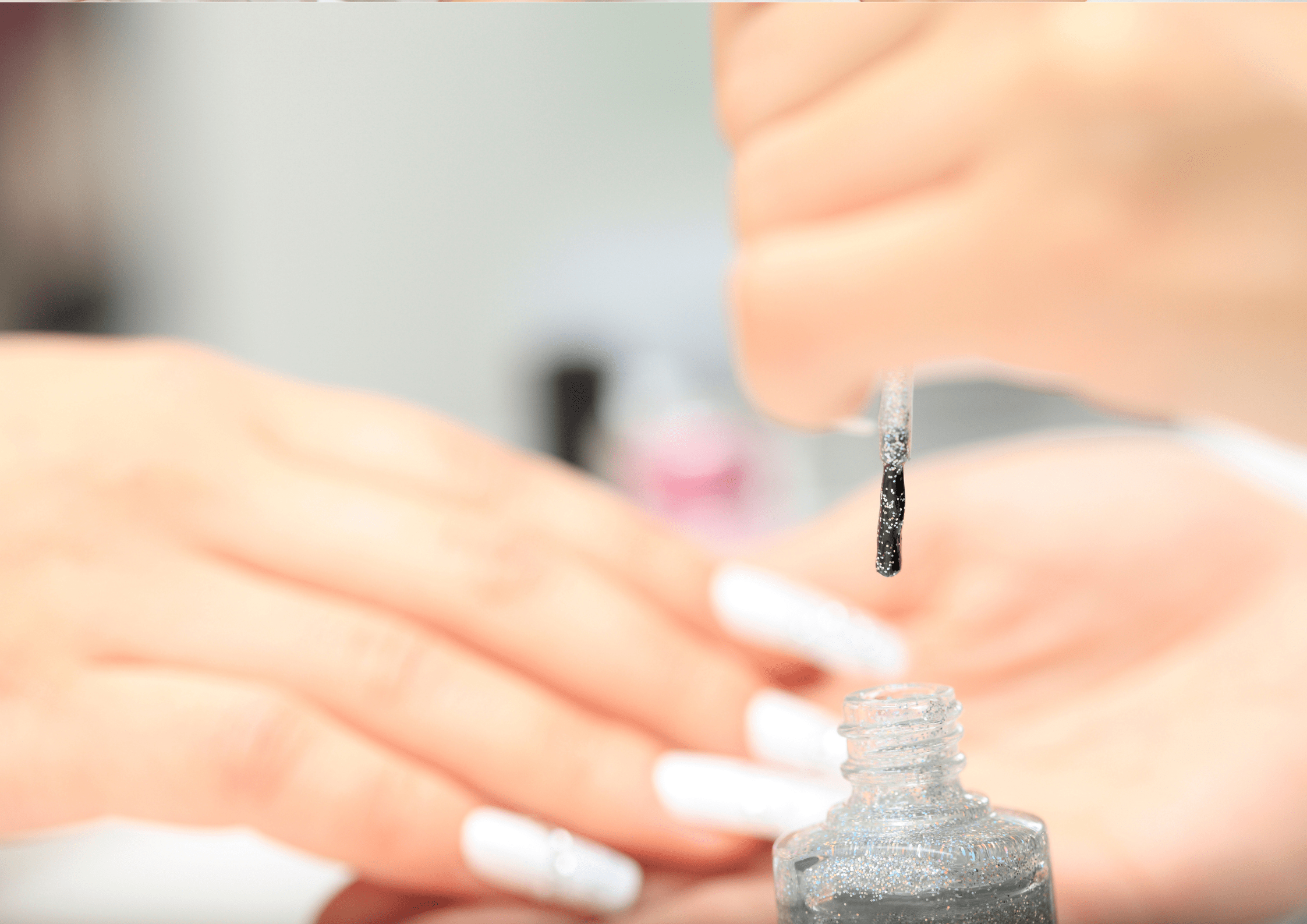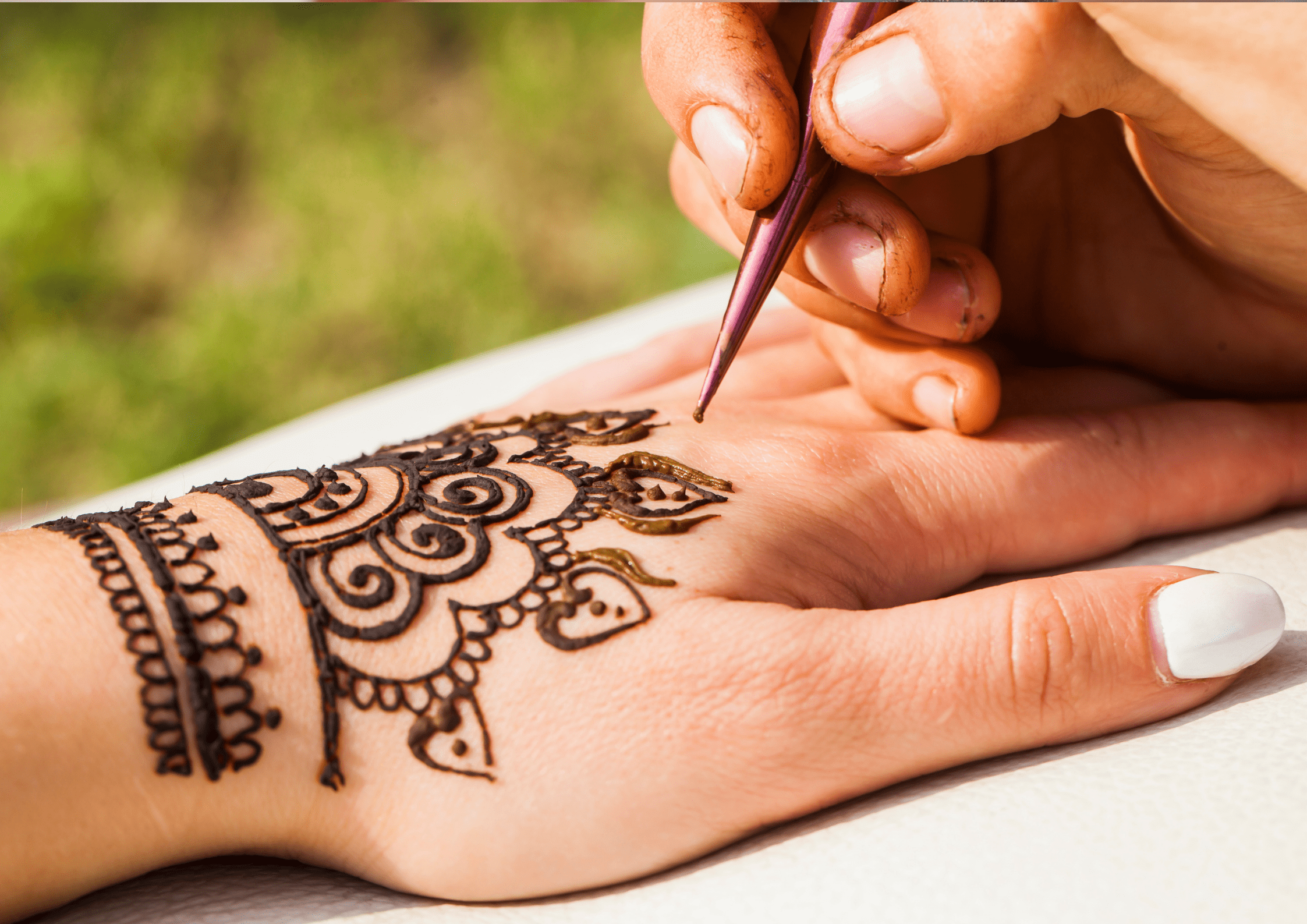Mauritius: Spotlight around Chamarel coffee!
In the heights at the entrance of Chamarel 7 Coloured Earth Geopark, a unique geological phenomenon highly recommended for visits, with shades of green all around, are found coffee trees. The ripe and red cherries catch our attention. Meanwhile, the authentic and local coffee is produced on a private property in Mauritius at Case Noyale where a delicious aroma awakens at the foot of the luxuriant Mauritian mountains.
According to the legend: ‘One day, a shepherd who kept a herd of goats in Abyssinia noticed that after grazing a certain plant, his animals were doubling up with caprioles. He infused this plant and gave it to his friends to keep them awake…coffee had just been discovered’. If the Persians and the Arabs are believed to be the first to have made use of it, 1553 is always quoted as the first public coffee establishment in Constantinople’ – (Extract from the French book of Guy Rouillard and Joseph Guēho)
In 1715, Coffea arabica was shipped from Moka, a small port in the Red Sea in Arabia to Bourbon Island (Reunion Island). In 1721, the East India Company recommended the Governor of this island to provide M. de Nyon with real coffee trees from Moka to be introduced to Isle de France (Mauritius today). This variety will be planted on a large scale in an area that took the name of Moka. The crops will be abandoned due to competition with other islands, the destruction of coffee trees by rust called Hemileia vastatrix and hurricanes. Sugar cane crops quickly replaced them.
In 1878 coffee trees from Liberia were introduced, followed years later by other Coffea arabica in 1962 from Kenya. The cultivation in Chamarel dates back to the 60s. Nowadays Chamarel coffee trees are the only ones mainly grown for commercial purposes and roasted on the island. Its manufacture is based on the so-called washed method, by which the intrinsic properties of the grain are preserved. From cherry to grain, several steps are necessary: ‘depulping’, fermentation, drying, peeling and sorting.
It is very interesting to observe the different steps to transform the green grain to roasted grain at a temperature of 200 degrees centigrade for 20 minutes after which it is immediately cooled. On the private property of Case Noyale, you are taken back in the past, with this sweet smell recalling the childhood memories.
Indeed, who does not remember these coffee trees planted in the backyards in Mauritius, where it was necessary to wait several weeks to pick the ripe cherries? Then using a manual process, the grains were cleaned and left to bask in the sun. When ready, the family gathered to watch the cooking in caramel, leaving a cheerful atmosphere in the kitchen. Dried again, the ‘coffee nougat’ as we called it was pounded in a large mortar to obtain a homemade coffee powder, later to be sieved through a small canvas bag or a very thin ‘sock’ … Once the drink was extracted; the residue or coffee ground was kept for fertilizing the soil.
Chamarel coffee produced on a larger scale, whether in bean, ground or espresso with the finest grind remains a highly recommended product during a happy family gathering or during visits to Mauritius. This unique product can be discovered during one of our excursion “pauses mauriciennes” and is indeed an original gift. In the range, soon to be is a Grand Cru.
Case Noyale, Chamarel, Cafē and Cru: Nobility in C…
Lza M Natur

